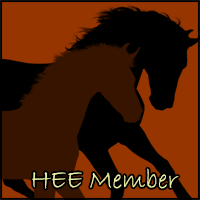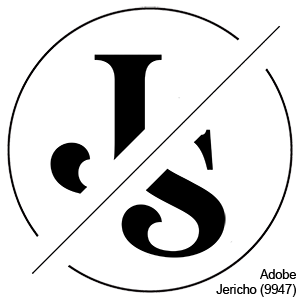| |
 |
I have read all the guides I can find but still cannot figure it out. If I find some more I get stuck on I will edit this post. Edited at December 17, 2018 08:43 PM by Royal Crown Acres |
|
|
| |
 |
What are you needing explained to you? What colours the genes can cause, or something else? |
|
|
| |
 |
Anglachel Acres said:
What are you needing explained to you? What colours the genes can cause, or something else?
I don't really understand how the genes mix if that makes sense. Like if one horse is Rnrn and the other is rnrn what are the possibilities? And so on so forth with the other two genes. |
|
|
| |

Moderator |
You can find the explanations in these two guides:
https://horseeden.com/forums.php?f=25&t=45
https://horseeden.com/forums.php?f=25&t=49
And you can see all expressions of the color variations via this link:
http://www.jenniferhoffman.net/horse/horse-color-genetics.html
|
|  |
|
| |
 |
Kuewi KNN Stable said:
You can find the explanations in these two guides:
https://horseeden.com/forums.php?f=25&t=45
https://horseeden.com/forums.php?f=25&t=49
And you can see all expressions of the color variations via this link:
http://www.jenniferhoffman.net/horse/horse-color-genetics.html
What about the t in agouti? I can't seem to find anything about. |
|
|
| |

|
The t in agouti makes brown
Ata heterozyous brown AtAt homozygous brown AAt homozygous bay hiding brown (bay is dominant over brown) |
|
|
| |
 |
Jericho Stables said:
The t in agouti makes brown
Ata heterozyous brown AtAt homozygous brown AAt homozygous bay hiding brown (bay is dominant over brown)
Thank you so much! |
|
|
| |

|
Not sure if you are still looking, but this is how I understand it... :)
Agouti and Extension help create the "base coats".
Agouti takes a black horse and makes a bay by restricting black in the body, creating the "points" (legs and mane/tail). It has 4 levels: aa (black), Aa (dark bays [seal brown, mahogany, etc]), AA (light bays [light, cherry, blood, etc]), and Ata (chestnut/brown).
Extension is also called the "Red factor". It is responsible for the degree of red in chestnut and bay, how "bright" the color is. It is similar to a light switch: if it is there, it's on; if not, it's dark. When it's on, it shows up in various shades.
The two above genes work together on a sliding scale. The X axis is one, Y the other. Black is zero, or the "base", 6x6 is bright chestnut. https://www.freemathhelp.com/images/lessons/xy1.png
Roan works similar to Agouti, only it replaces base hairs on the body with white/grey.
I hope this makes sense! :) |
|
|
| |
 |
WarriorMaiden said:
Not sure if you are still looking, but this is how I understand it... :)
Agouti and Extension help create the "base coats".
Agouti takes a black horse and makes a bay by restricting black in the body, creating the "points" (legs and mane/tail). It has 4 levels: aa (black), Aa (dark bays [seal brown, mahogany, etc]), AA (light bays [light, cherry, blood, etc]), and Ata (chestnut/brown).
Extension is also called the "Red factor". It is responsible for the degree of red in chestnut and bay, how "bright" the color is. It is similar to a light switch: if it is there, it's on; if not, it's dark. When it's on, it shows up in various shades.
The two above genes work together on a sliding scale. The X axis is one, Y the other. Black is zero, or the "base", 6x6 is bright chestnut. https://www.freemathhelp.com/images/lessons/xy1.png
Roan works similar to Agouti, only it replaces base hairs on the body with white/grey.
I hope this makes sense! :)
I kind of get it. Would you be able to pm me about how exactly the chart works. I can't find anything useful online about it. I don't know why genetics are so hard for me. |
|
|